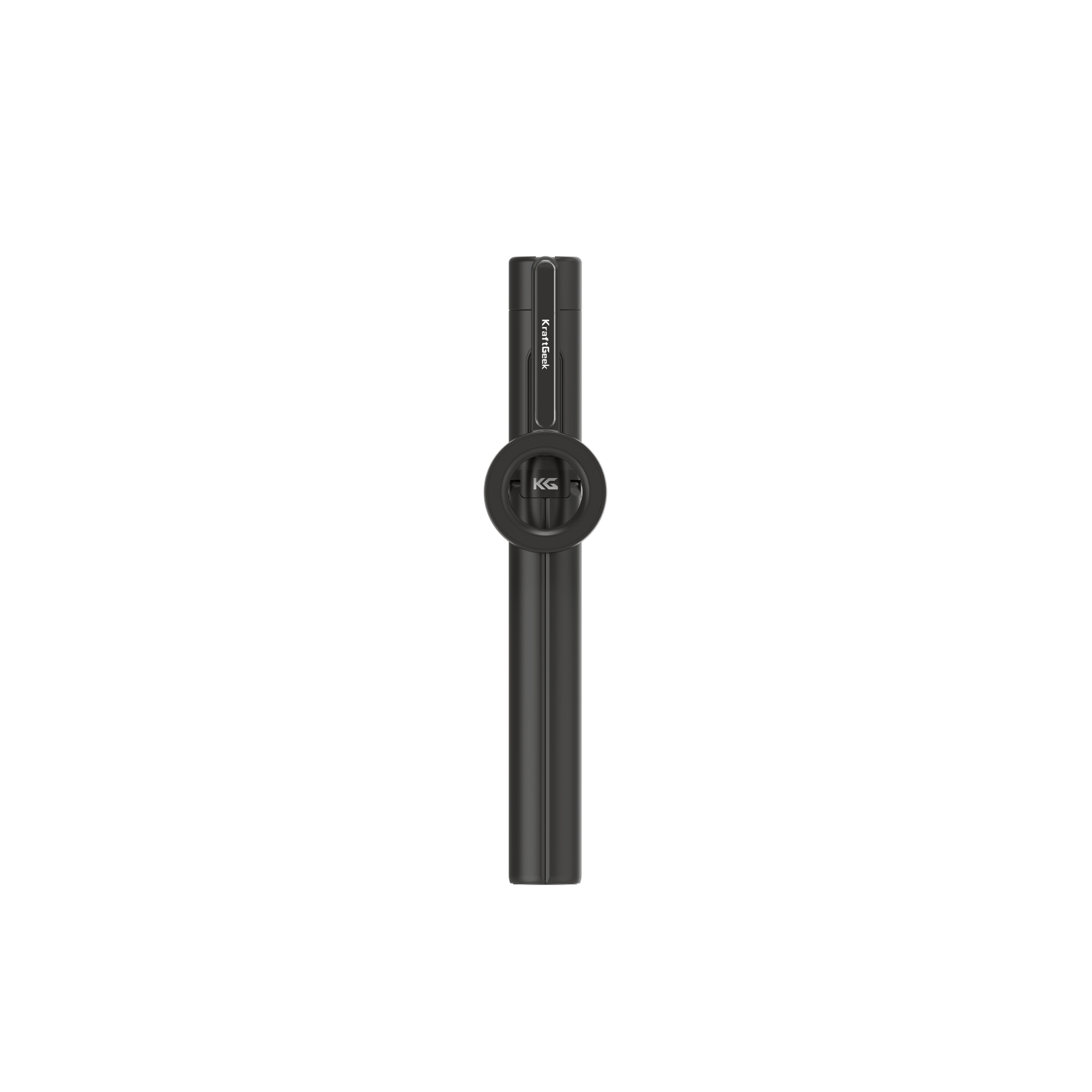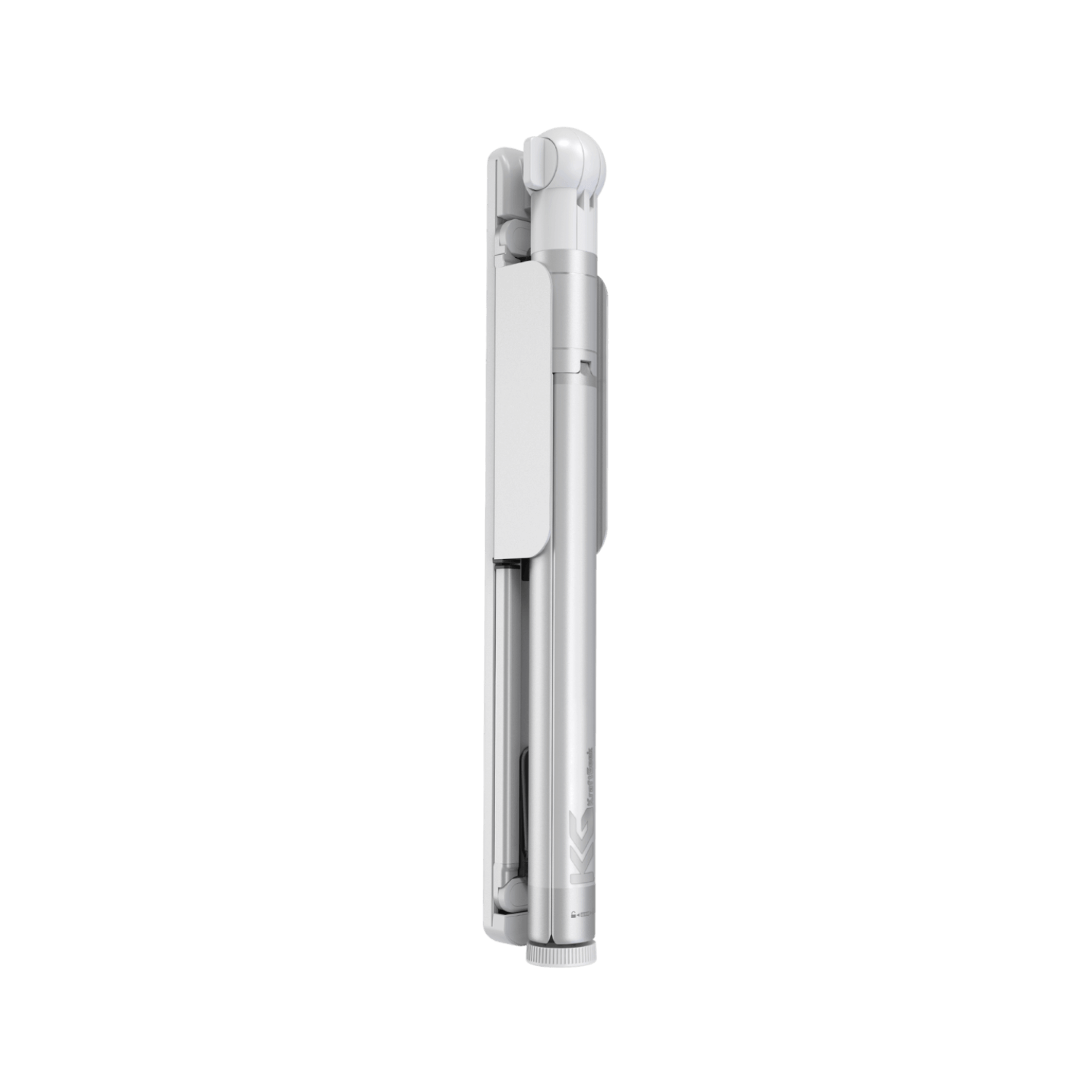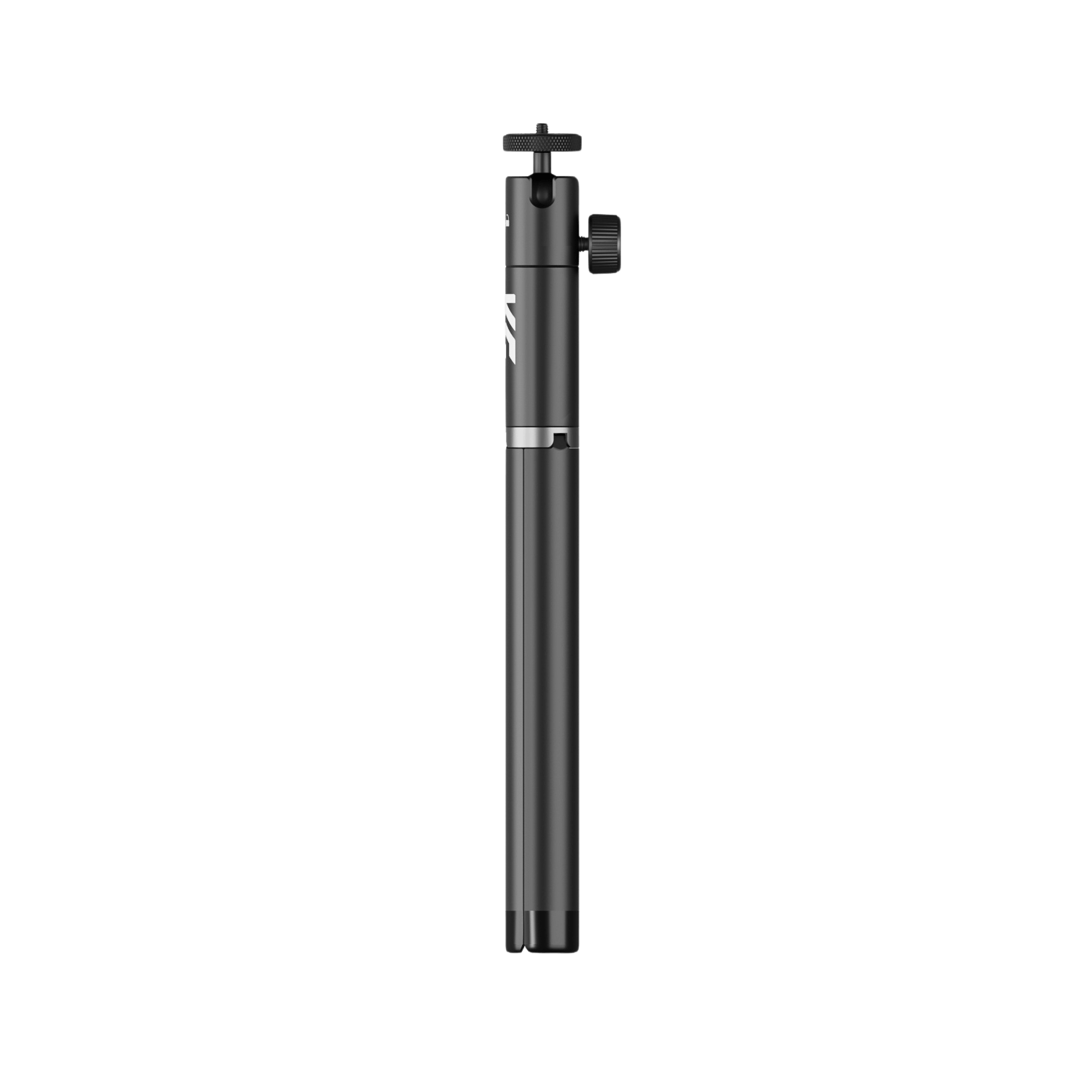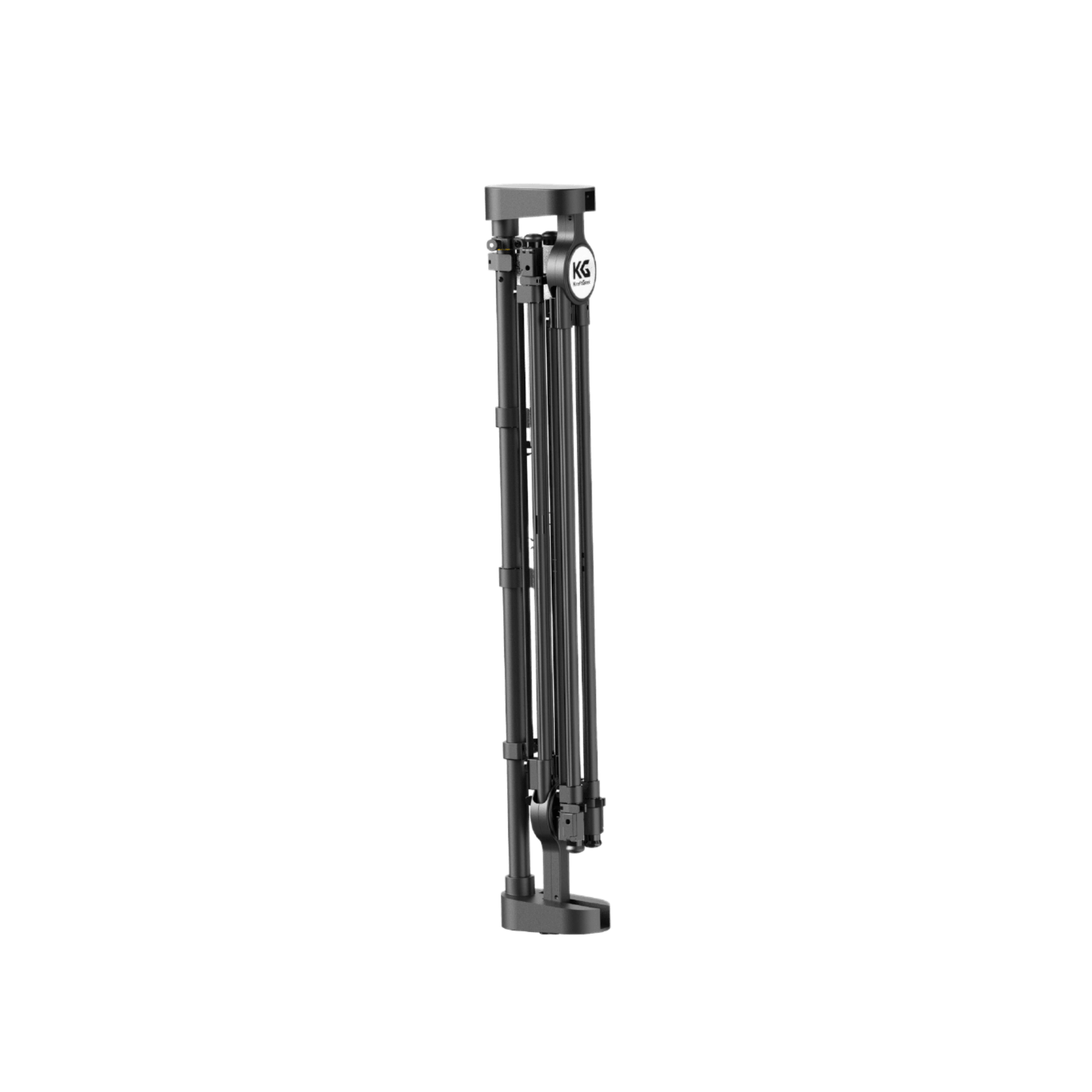Given the growth of social media and the fitness industry's need for more high-quality workout videos with no more than your smartphone, mastering the skill of filming these videos becomes more valuable, for both fitness enthusiasts, influencers, and professionals. This complete guide aims to enable you to master the techniques and skills needed to make captivating workout videos using your phone.
Preparation and Planning

1. Selecting the Right Space
Opt for a location that affords sufficient area for maneuvering and a perfect view of your exercises. Whether you are capturing the video in your home gym, outdoors, or at the studio, make sure that the background is not cluttered and has no distractions. This provides the audience with the opportunity to concentrate on your movements rather than other visual material that can distract them.
2. Storyboarding Your Content
Detail the exercise sequence, demos, or tips that you will include in your video. Think of the reason why each workout segment transitions from one to the next fluidly. Having a consistent plan guarantees that you will remain well-organized during filming, and you will finish shooting all the vital information.
2. Introduction and Outro
Think about a short but informative and interesting intro to your video that will introduce the idea and tell what is going to be covered. Tell them if any equipment or specific clothes is needed for the session. Further, think about specifying a disclaimer for the viewers that they should seek to consult with a doctor before engaging in any new exercise program.
Also, do a well-structured finale to end the video which will lead your viewers to continue engaging with your content apart from subscribing to your page or visiting your website.
Setting Up Your Smartphone
Once you've decided on your fitness video and you're all set up with a phone camera, you're ready to record. Properly configuring your device ensures that you capture high-quality footage and avoid common pitfalls during filming.

1. Choosing the Right Camera Settings
Optimize the camera settings of your smartphone before you begin recording a video clip. The majority of the current generation smartphones have auto settings but manually controlling the focus, exposure, and white balance will enhance the quality and consistency of your video.
Also, raise the setting to a higher resolution and frame rate for clearer and smoother video playback. Tweak the settings to find the best combination that will serve your home and lighting conditions.
2. Ensuring Sufficient Storage and Battery Life
If you run out of storage or battery power during filming, the continuity of the process can be disrupted and the quality of your video can be compromised. Before starting to record, make sure there is enough storage available on your phone to handle the size of your video files. If it's essential, move the existing files to the computer or an external storage device to make some space.
Besides, ensure that your smartphone battery is fully charged or attach it to a power source to avoid an involuntary shutdown during filming. Having a portable phone charger can add up if you're shooting longer recording sessions.
3. Stabilizing Your Smartphone with a Tripod
Another crucial aspect of making a fitness video look like it's done professionally is keeping the camera steady. A phone tripod ensures stability and can be easily adjusted to a suitable angle for filming. Whether it’s solo or with a partner, a smartphone placed on a tripod will remain steady through the filming process.
Try and find features that include adjustable height and angles for you to customize your setup to fit your needs. Consider using a gym tripod which is specifically designed to withstand the intensity of working with gym equipment and provide you with multiple positioning options in the gym environment.
4. Testing Your Setup
Before you begin recording your workout video, try making a few test shots to make sure that everything is set. Check the framing, focus, and lighting to make any kind of corrections if needed before going to the full recording. This way you are able to discover and solve any potential issues in advance and that way you will save time and frustration during the shooting process.
Workout Filming Techniques and Tips

1. Selecting the Best Angles and Perspectives
Use various camera angles and perspectives to demonstrate the exercise type from different angles. This helps viewers to understand and establish the right posture and motion. Add different angles to the video, including frontal, side, and overhead views, in order to cover the complete workout program.
2. Ensuring Proper Lighting
Lighting is critical to capturing clear and visually pleasing fitness videos. Film in well-lit environments, providing either natural or artificial light sources, to achieve the effect of no shadows and high visibility. Have your face and body illuminated by placing yourself in the direction of the light source.
Minimize extreme lighting situations that may manifest as glare or overexposure and shoot according to the suitable lighting conditions of the day.
3. Capturing Multiple Takes
Don't be afraid of shooting multiple takes of each exercise and segment to make sure that you are recording the best footage you can. Try various pacing, angles, and camera movements to get the most thrilling and exciting shots.
Having a wide selection of footage to work with in the editing process ensures that only the best shots are put into the final product which will keep the viewers glued to the screen right from the start till the very end.
4. Maintaining Consistency
Consistency, especially when filming routine workout videos, is vital as you may need to demonstrate a number of exercises or routines. Keep an eye on your timing, energy level, and the average rate of your speech in the recording session in order to create a cohesive viewing experience for the audience. Work to achieve a smooth transition between the exercises and segments so as to hold the pace and prevent your audience from getting distracted.
5. Utilizing Close-Up Shots
Adding close-up shots can help to add visual interest and intimacy to your fitness videos. Use zoom in or out function to focus on certain body parts of a particular exercise. This enables viewers to concentrate on the more intrinsic features of form and technique, thereby deepening their comprehension and connection with such content.
6. Emphasizing Visual Cues
Utilize visual cues like hand gestures, body language, and even facial expressions to make your communication with the audience more effective. Follow proper form and technique through your movements, while using expressions that show enthusiasm and cheer you as well. Visual signs add support to the verbal instruction and make it easier for the viewer to follow along with your workout regimen.
7. Creating Dynamic Transitions
Include transitions between exercises and segments to keep viewers focused and help you maintain the rhythm of your fitness videos so they are effectively presented. Try techniques that include crossfades, wipes, and slide transitions as your transitions are more seamless. Transitions that occur smoothly will lessen the impact of sudden changes that can cause viewer discomfort or the quality of your content to be evaluated poorly.
Workout Audio Considerations
1. Consistent Volume
Keep a steady sound level throughout fitness videos to ensure that your instructions are clearly heard. Do not make abrupt changes in the volume and down mumbling; these can make it difficult for the viewers to follow your workout program. Speak in a way that shows confidence and enunciates clearly to make sure your instructions are heard over the background noise.
2. Minimizing Background Noise
In case of excessive background noise, it will be difficult to hear the audio properly, and the viewers might get distracted from your instructions as well. Pick a quiet filming place devoid of influences like traffic sounds, music, or talks. If shooting indoors, consider closing windows and doors as much as possible to reduce the external sound.
3. Microphone Placement
Place the microphone close to your mouth to get clear and precise audio without making external noise unnecessarily.
4. Avoiding Whispering
Although it may be common to switch to a lower volume or whisper during some parts of your workout videos, this can create problems with the listeners' comprehension. Instead, speak clearly and audibly throughout the recording, even during moments of relaxation or meditation.
5. Music Considerations
When incorporating music into your fitness videos, consider the fact that there may be copyright restrictions and license requirements. If you use copyrighted music without approval the platforms take them as copyright infringement and are likely to flag or remove such videos from online platforms. Do not forget you can find a royalty-free music, or a track led by some well-known labels to make sure your music is legal.
6. Monitoring Audio Levels
Before filming your fitness videos, you can check your audio levels so your voice is crystal clear as it should be if there is background music or ambient noise. Using the earphones or separate monitor devices, listen to the playback and make adjustments where necessary.
Product Recommendations
Conclusion
It is whether you are conducting exercise routines, wellness tips, or motivational messages, you need to be at an authentic point to connect with the followers at an emotional level. Through your continuous supply of premium content that will stay with your audience, you can create a dedicated fan base, thus empowering many people.









